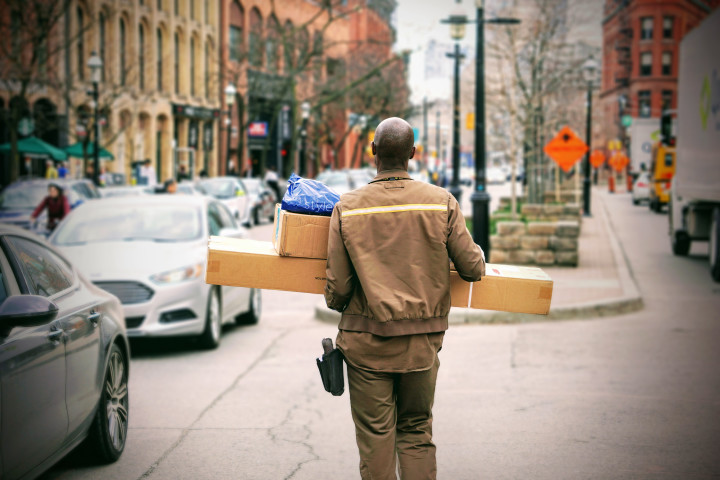Vancouver, located on Canada’s west coast, is a bustling urban hub known for its rich culture, breathtaking landscapes, and innovative industries. As a city that thrives on the move, Vancouver’s delivery services play a crucial role in ensuring that its inhabitants get what they need, when they need it. From food deliveries to e-commerce packages, Vancouver’s network of delivery services supports the city’s fast-paced lifestyle and ever-evolving needs. In this article, we will delve into the intricacies of these services, exploring their impact, challenges, and the future of deliveries in this beautiful city.
1. E-Commerce Deliveries: Fuelling the Digital Shopping Era
Over the past decade, e-commerce has seen an explosive growth, and Vancouver has been no exception to this trend. The convenience of shopping online and having products delivered to one’s doorstep has transformed consumer behavior. This shift has been backed by a robust network of delivery services that ensure timely and accurate deliveries.
Companies like Canada Post, Purolator, and private courier services have seen a significant increase in their workload due to e-commerce. They’ve had to innovate and adapt to handle the surge in packages, ensuring that Vancouver’s residents receive their online purchases in pristine condition and on time.
Moreover, local businesses have tapped into this trend by offering local delivery options, enabling Vancouverites to support community businesses while enjoying the convenience of online shopping. This hybrid of local and digital shopping provides the best of both worlds and underscores the significance of efficient delivery services.
2. Food Delivery: A Taste of the City at Your Doorstep
Vancouver’s culinary scene is diverse and vibrant, offering a taste of cultures from around the world. With the future of food delivery services like DoorDash, UberEats, and SkipTheDishes, residents and tourists alike can savor the city’s flavors without leaving their homes or hotel rooms.
The pandemic further boosted the prominence of food delivery services. Restaurants that had never considered delivery before began partnering with these platforms to reach their customers and maintain operations. As a result, delivery drivers became an essential part of the city’s ecosystem, bridging the gap between hungry customers and their favorite eateries.
However, it’s not just about big-name apps. Many local eateries have initiated their in-house delivery systems, providing a more personalized touch and often faster service. This not only increases their profit margins but also strengthens the bond with their customers.
3. Sustainable Deliveries: Vancouver’s Green Initiative
As a city known for its commitment to sustainability and environmental conservation, Vancouver has seen a growing trend towards green delivery options. Several delivery services have adopted eco-friendly practices to reduce their carbon footprint and align with the city’s vision for a sustainable future.
Bike couriers, for instance, have become increasingly popular for short-distance deliveries, particularly in the downtown area where traffic can be a challenge. Electric vehicles are also gaining traction among delivery fleets, further reducing emissions and environmental impact.
Furthermore, Richards Vancouver Delivery Service is experimenting with package consolidation, ensuring that multiple deliveries bound for the same area are dispatched together. This not only reduces the number of trips but also minimizes traffic congestion, which is beneficial for both the environment and city dwellers.
Conclusion: The Heartbeat of a City on the Move
Vancouver’s delivery services are more than just a logistical necessity; they are the threads that weave the city’s fabric tighter, connecting businesses with customers, food lovers with their cravings, and shoppers with the world’s marketplace. As the city continues to grow and evolve, these services will undoubtedly adapt and innovate, ensuring that Vancouver remains connected, efficient, and always on the move.

